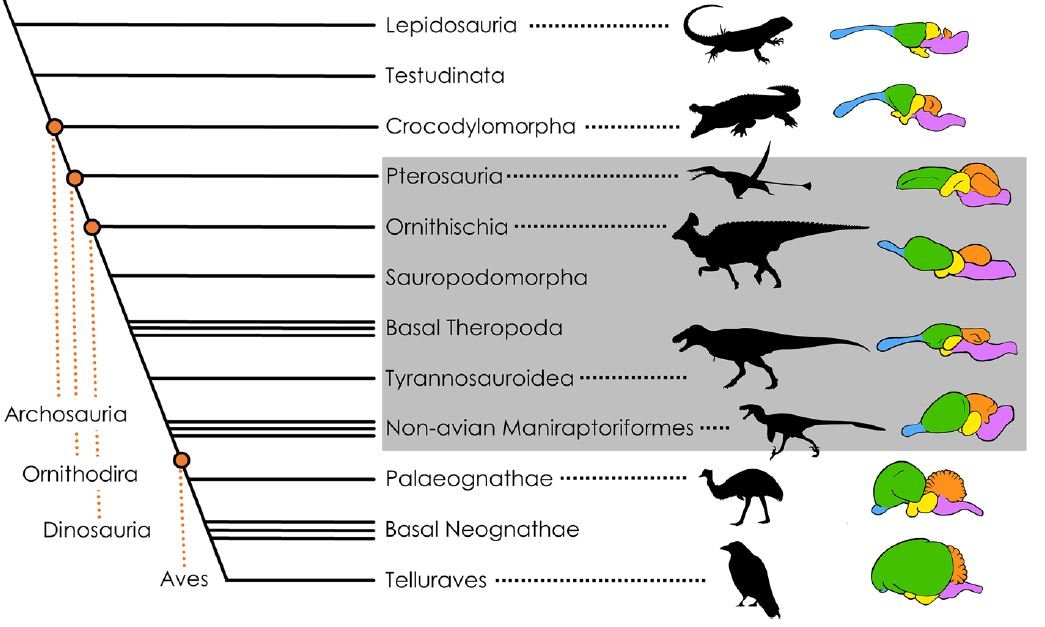Dim-witted dope or brainy brawn? The debate over T. Rex’s smarts continues, with a new paper leaning toward the original theory that these fearsome giants weren’t all that bright.
In 2023 a controversial study suggested one of the world’s most infamous dinosaurs, Tyrannosaurus rex, could be as brainy as modern monkeys, provoking much skepticism from other researchers who’ve now brought their receipts to the table.
“The possibility that T. rex might have been as intelligent as a baboon is fascinating and terrifying, with the potential to reinvent our view of the past,” explains University of Southampton paleontologist Darren Naish. “But our study shows how all the data we have is against this idea.”
Led by zoologist Kai Caspar from Heinrich Heine University in Germany, the new study found that the brain size measurements in the 2023 study were inaccurate, inflating estimates on the number of neurons the prehistoric reptiles could fit in their noggin, particularly in the forebrain.
This overestimation was primarily due to the original paper assuming T. rex’s brain filled up most of the endocranial space, which isn’t true in most dinosaurs, Naish explains in a blog post.
What’s more, Caspar and colleagues argue that neuron counts do not reliably track with intelligence. Take birds for instance – it was long assumed that their small head sizes meant they had fewer neurons and therefore weren’t very smart.
But we’ve since learned birds like crows can outperform primates on certain cognitive tasks despite their smaller heads, leading to the conclusion that factors other than brain size, like connectivity patterns, play a larger role in determining intelligence.
“We argue that it’s not good practice to predict intelligence in extinct species when neuron counts reconstructed from endocasts are all we have to go on,” says Casper.
Instead, multiple lines of evidence, from anatomy to clues about behavior and more comparisons with modern animals are required to make more accurate estimates on prehistoric intelligences.
“A substantially improved understanding of the relationship between neuron counts and other biological variables, especially cognitive performance, in extant animals is required,” before more accurate predictions can occur, the team argues in their paper.

So where does that leave the T. rex?
Recent behavioral clues do suggest the infamous prehistoric reptiles may have surprisingly been social, hunting in packs, but that’s not enough to suggest primate level intelligence.
“They were more like smart giant crocodiles, and that’s just as fascinating,” concludes Naish.
This research was published in The Anatomical Record.
Reference :
Reference link

























+ There are no comments
Add yours